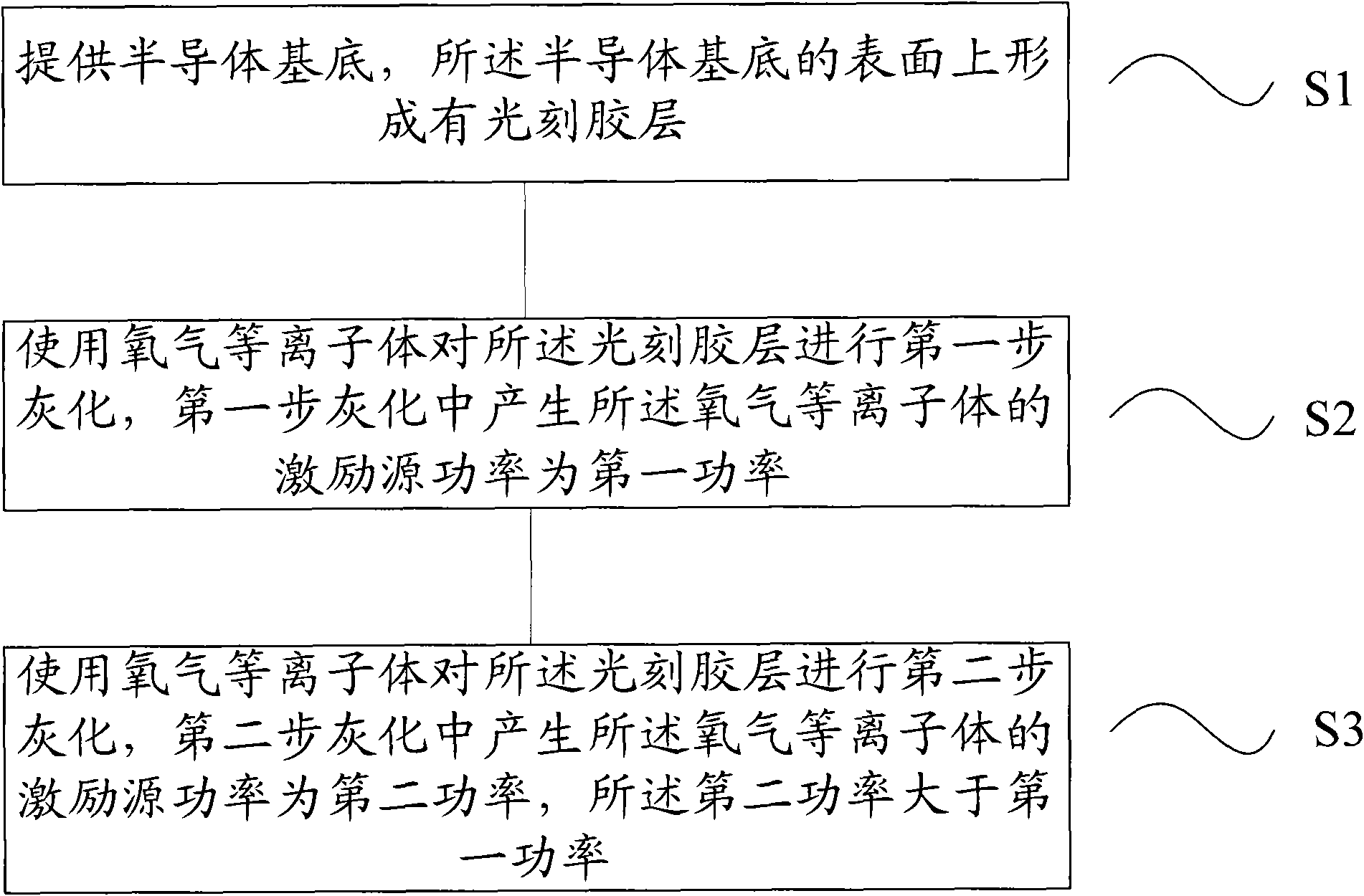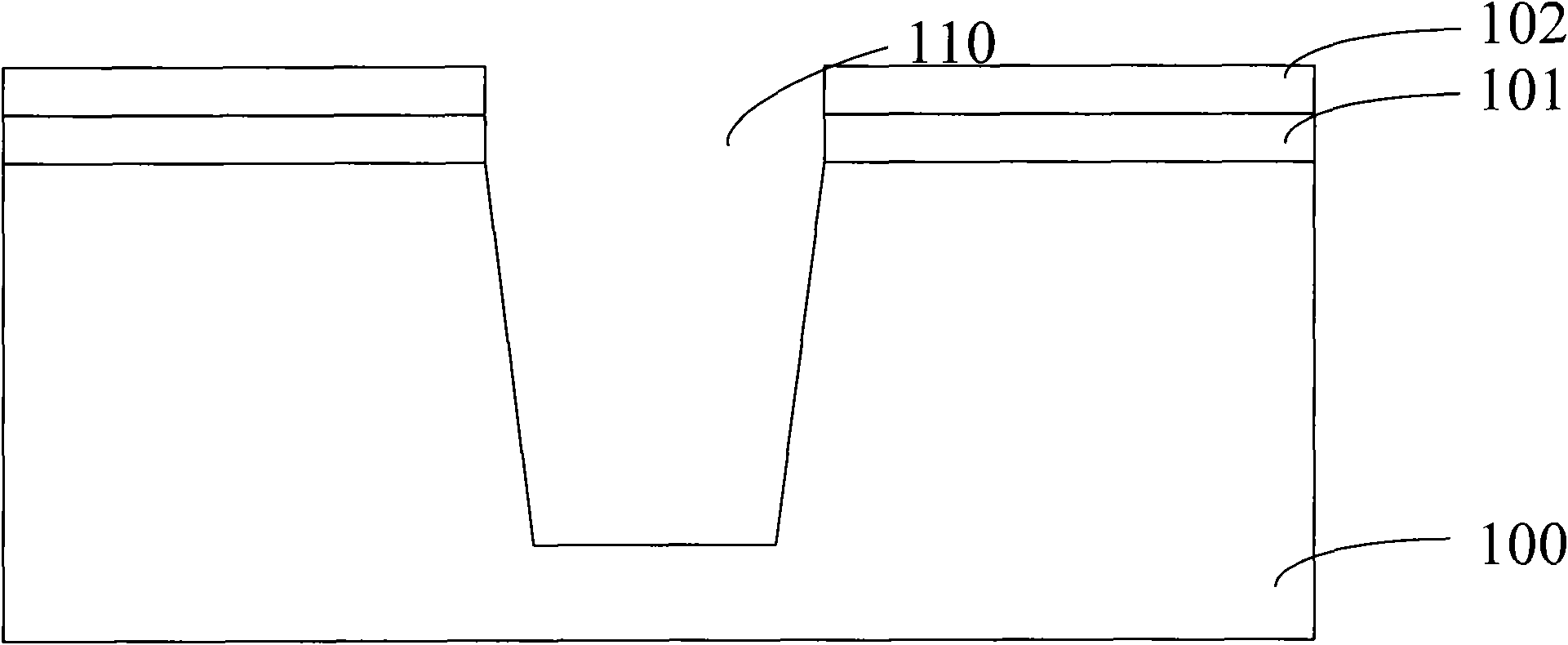Photoresist removing method
A technology of photoresist and photoresist layer, applied in photosensitive material processing, electrical components, semiconductor/solid-state device manufacturing, etc., can solve the problem of ineffective removal of photoresist and polymer, lower device reliability, and poor effect etc. to avoid color difference defects, weaken damage, and improve removal effect
- Summary
- Abstract
- Description
- Claims
- Application Information
AI Technical Summary
Problems solved by technology
Method used
Image
Examples
Embodiment Construction
[0024] In order to make the above objects, features and advantages of the present invention more comprehensible, specific implementations of the present invention will be described in detail below in conjunction with the accompanying drawings.
[0025] In the following description, specific details are set forth in order to provide a thorough understanding of the present invention. However, the present invention can be implemented in many other ways than those described here, and those skilled in the art can make similar extensions without departing from the connotation of the present invention. Accordingly, the present invention is not limited to the specific embodiments disclosed below.
[0026] In the prior art, in order to avoid damage to the dielectric layer under the photoresist layer, the power of the excitation source for generating the oxygen plasma is often low, thereby weakening the bombardment effect of the oxygen plasma and avoiding damage. However, the inventors...
PUM
 Login to View More
Login to View More Abstract
Description
Claims
Application Information
 Login to View More
Login to View More - Generate Ideas
- Intellectual Property
- Life Sciences
- Materials
- Tech Scout
- Unparalleled Data Quality
- Higher Quality Content
- 60% Fewer Hallucinations
Browse by: Latest US Patents, China's latest patents, Technical Efficacy Thesaurus, Application Domain, Technology Topic, Popular Technical Reports.
© 2025 PatSnap. All rights reserved.Legal|Privacy policy|Modern Slavery Act Transparency Statement|Sitemap|About US| Contact US: help@patsnap.com



